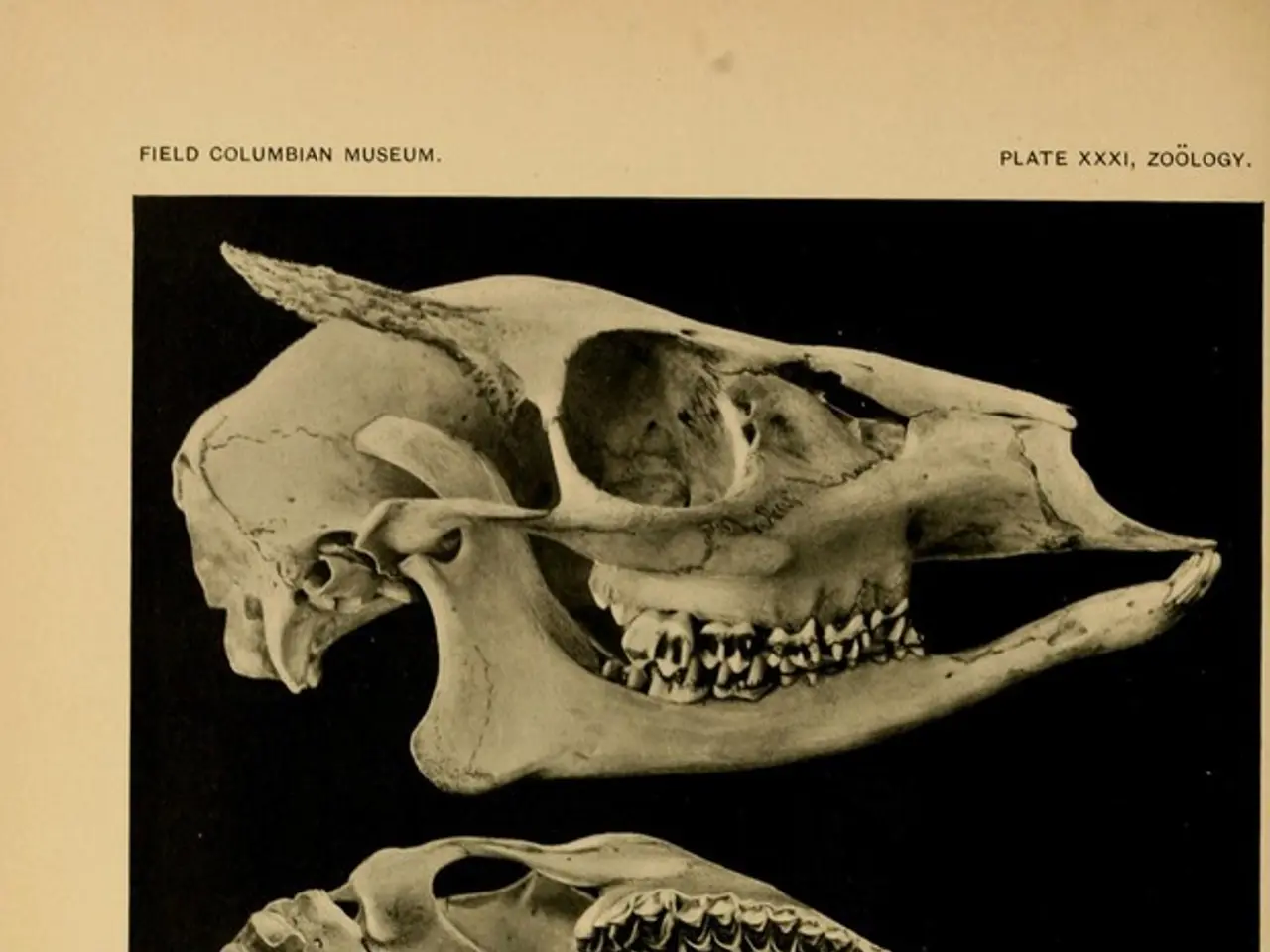Microcephaly: Signs, Traits, and Remedies
Microcephaly, a condition characterised by an abnormally small head and underdeveloped brain, has been a topic of concern for medical professionals and parents alike. This article aims to shed light on the causes, treatments, and prevention strategies for microcephaly.
The development of microcephaly can be traced back to various factors. Prenatal exposure to drugs and certain substances, malnutrition, non-treatment of medical conditions, and the transmission of certain viruses such as toxoplasmosis are possible causes. Genetic abnormalities, congenital infections, prenatal environmental insults, and metabolic conditions are also common causes of microcephaly in newborns.
Unfortunately, there is no treatment that can reverse microcephaly itself. However, treatment focuses on managing the underlying cause and supporting the child's development. For genetic or metabolic causes, early dietary management, pharmacological treatment for seizures, and multidisciplinary care involving physical, occupational, and speech therapies are often employed. Genetic counseling is essential for families, and postnatal nutritional rehabilitation may improve outcomes in cases of maternal malnutrition.
Prevention strategies emphasise comprehensive prenatal care with proper nutrition and avoidance of teratogenic infections. Psychoeducation and counseling for the family and close environment are essential for the adaptive development of a child with microcephaly.
It's important to note that premature hardening of the bony plates of the skull, or craniosynostosis, can cause microcephaly. However, if detected in time, this condition can be reversed by surgery to prevent harmful effects on the brain.
Microcephaly is a complex condition with diverse causes disrupting brain growth in utero. Treatment requires a multidisciplinary approach tailored to the specific underlying etiology and associated conditions. Treatment often includes occupational therapy, stimulation, and educational practice, focusing on speech and psychomotor skills, as well as addressing the emotional sphere.
In conclusion, understanding microcephaly is crucial for early detection, effective treatment, and prevention. With comprehensive prenatal care, proper nutrition, and avoidance of teratogenic infections, the risk of microcephaly can be significantly reduced. For those affected, a supportive environment and personalised care can help ensure the best possible outcomes for the affected child.
The integrative field of health-and-wellness, encompassing both mental and physical health, advocates for the promotion of overall well-being to prevent conditions like microcephaly. Adopting healthy practices such as fitness-and-exercise, good skin-care, and a balanced diet rich in essential nutrients contributes to this objective. The popularity of CBD, a natural compound known for its potential therapeutic properties, is rising in the realm of nutrition, though its impact on microcephaly remains largely unexplored. Thus, while prevention strategies are primarily centered on prenatal care and avoiding teratogenic substances, a broader perspective on health and wellness offers promising avenues for further exploration.




